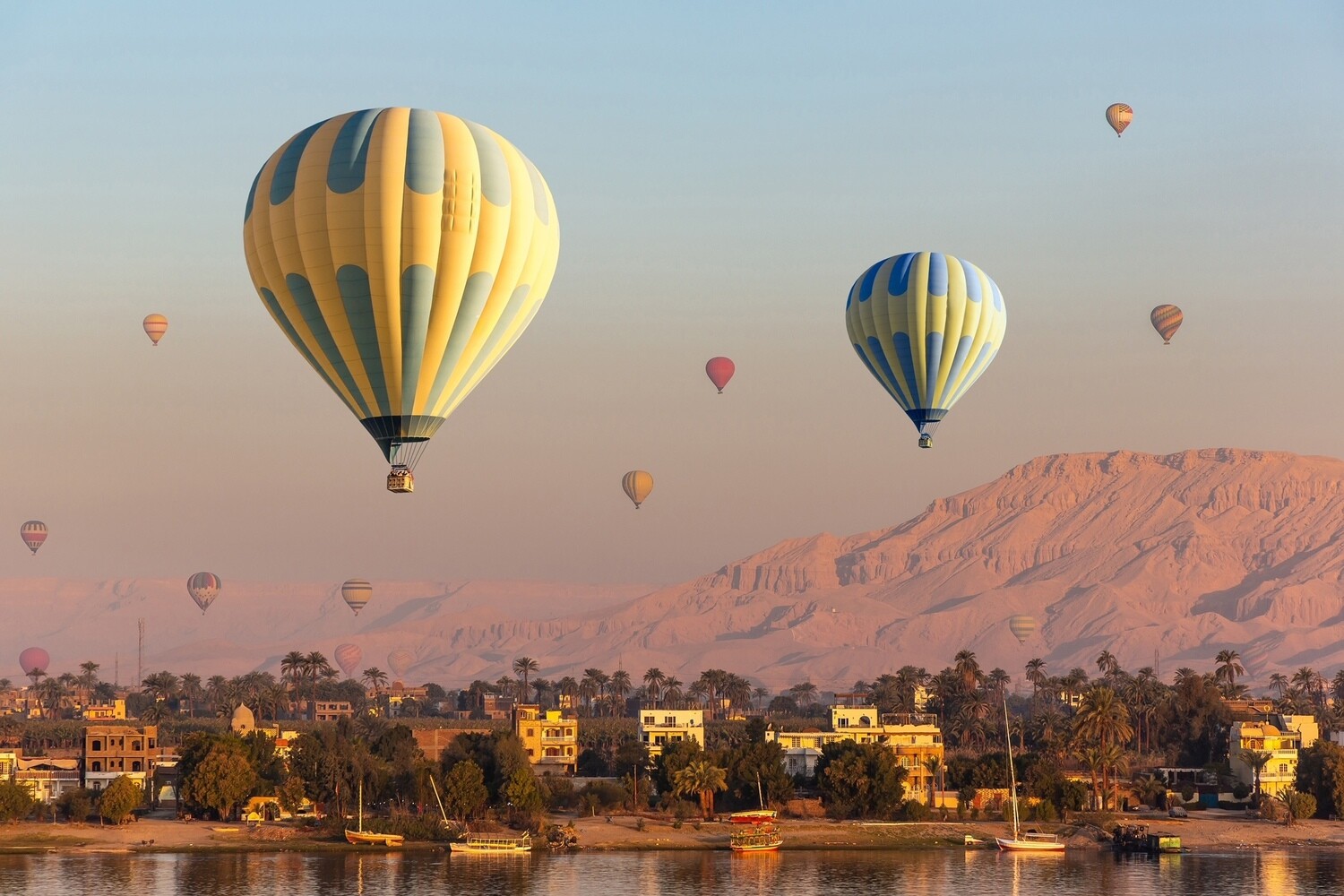Luxor- the City of Palaces
Luxor, located in southern Egypt on the east bank of the Nile River, is a city with a rich history dating back to ancient times. It was the capital of the New Kingdom of Egypt and home to some of the most impressive monuments and landmarks of the ancient world. One of these remarkable attractions is the Valley of the Kings, a collection of tombs and burial chambers that have captured the imagination of visitors for centuries.
The Valley of the Kings is located on the west bank of the Nile River, opposite Luxor. The valley was chosen as a burial site for pharaohs and their consorts due to its hidden location and natural protection, which made it difficult for tomb robbers to access the tombs. The valley contains 63 tombs, including those of Tutankhamun, Ramses II, and Hatshepsut.
The tombs in the Valley of the Kings were elaborately decorated with hieroglyphics, illustrations, and scenes from the pharaoh's life. These decorations were meant to guide the pharaoh's spirit through the afterlife and provide him with everything he needed for eternity. Many of the tombs were also equipped with traps and obstacles to prevent tomb robbers from stealing the pharaoh's treasures.
Visitors to the Valley of the Kings can explore several tombs that are open to the public, including the tomb of Tutankhamun, which was discovered by Howard Carter in 1922. The tomb contains a vast collection of treasures, including the famous gold burial mask that covers the pharaoh's mummified face. The tomb of Ramses VI is also open to visitors and contains intricate decorations and colorful scenes from the pharaoh's life.
Another attraction in Luxor that is worth visiting is the Karnak Temple Complex, one of the largest religious sites in the world. The temple was dedicated to the god Amun and covers an area of over 200 acres. The complex contains several temples, chapels, and obelisks, as well as a sacred lake. Visitors can explore the Hypostyle Hall, a vast room with 134 columns that soar over 70 feet high. The hall is considered one of the greatest architectural achievements of ancient Egypt.
The Luxor Temple, located in the heart of the city, is another impressive landmark that should not be missed. It was built during the New Kingdom as a center for worship and celebrations. The temple contains several courtyards, halls, and sanctuaries, as well as a granite obelisk that is over 82 feet high. The temple was also the site of the Opet Festival, a yearly celebration where the statues of Amun, Mut, and Khonsu were paraded through the streets of Luxor.
For visitors interested in learning more about ancient Egyptian history and culture, the Luxor Museum is a must-see attraction. The museum contains a vast collection of artifacts from the ancient Egyptian period, including several mummies, sarcophagi, and statues. Visitors can also see a reconstruction of Tutankhamun's tomb, complete with its treasures and decorations.
But Luxor is not just about ancient history and culture. Visitors can also experience traditional Egyptian life by exploring the city's markets and bazaars. The markets are full of colorful spices, textiles, and handmade souvenirs, and vendors are always happy to engage in a bit of friendly bargaining. Visitors can also take a horse-drawn carriage ride through the city's streets, or a traditional felucca sailboat ride on the Nile River.
Believe us if we tell you: Luxor and the Valley of the Kings are a must-see destination for anyone interested in ancient Egyptian history and culture. Visitors can explore the tombs of pharaohs and their consorts, admire the intricate hieroglyphics and illustrations, and learn about the rituals and beliefs surrounding death and the afterlife in ancient Egypt. With its rich history and stunning landmarks, Luxor is a destination that should not be missed during your holiday in Egypt.


